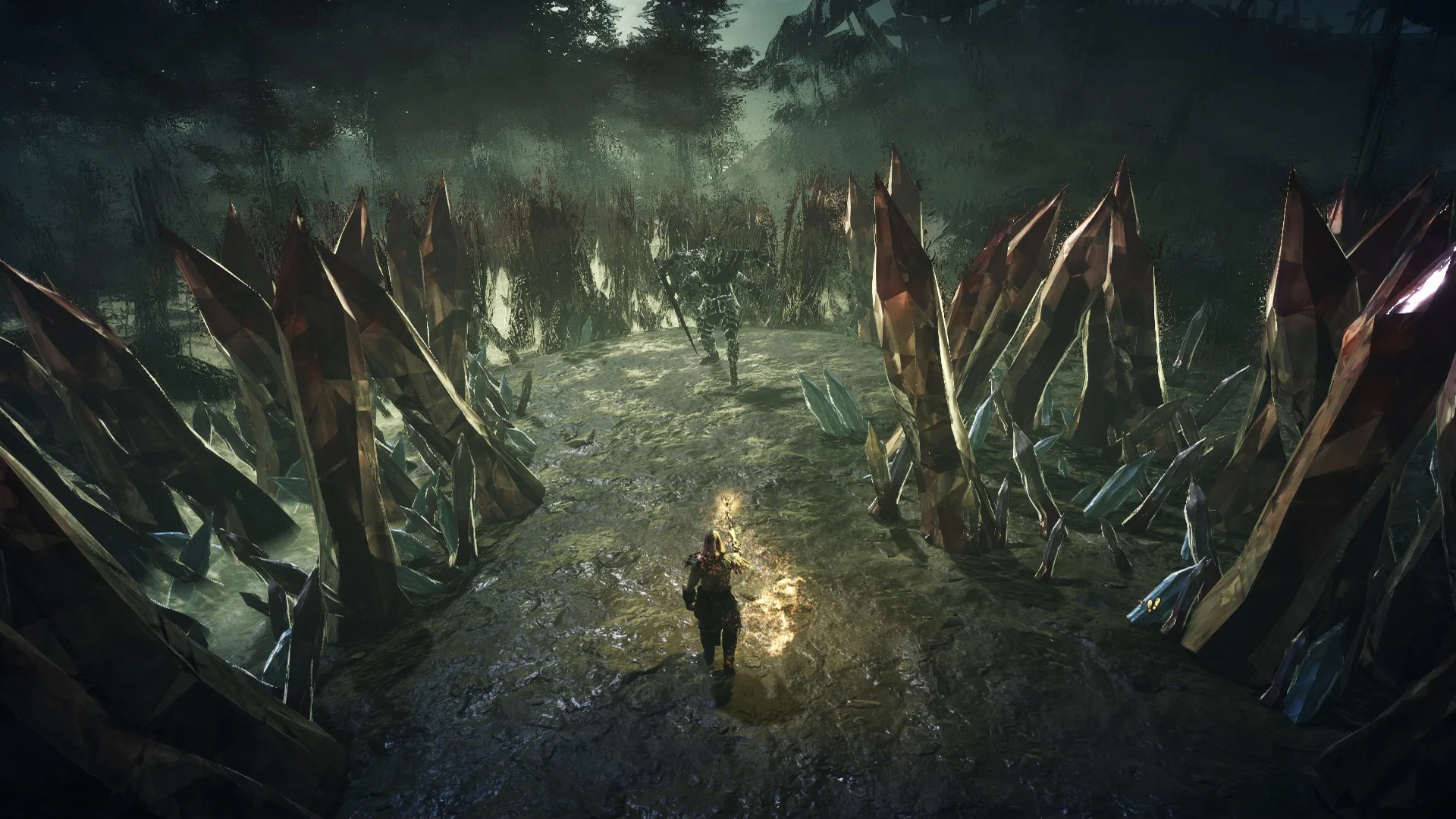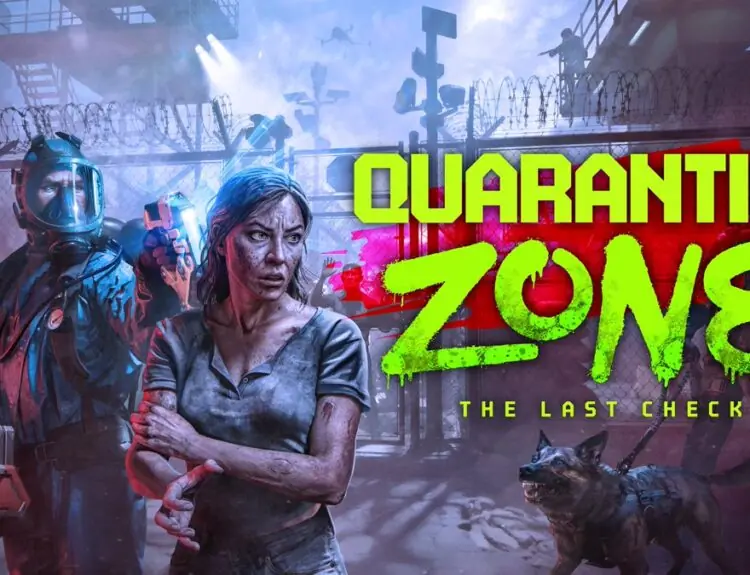Tainted Grail: Conquest joins the ranks of the deckbuilding roguelikes, up there with other recent additions like Griftlands, and the ever-popular Slay the Spire. Developed by Awaken Realms, the game went through a substantial Early Access period with many changes and tweaks over the past year.
Is the finished product worth it? Well, for less than twenty dollars you can’t really fault Tainted Grail. The gameplay is expansive. Nine different classes, a whole host of unique stories, and a level of replayability I feel like I’ve only just begun to get my head around. Tainted Grail is a bit more than just a rogue-like, which is awesome, but things do start to get a bit complicated along the path of Wyrdness.
Take a look at this fascinating, infinitely replayable mix of deck-building roguelike and RPG ✨
Choose from 9 heroes and develop your character, rescue NPCs, complete quests & build your village.
Tainted Grail: Conquest –10% | https://t.co/vBjrEDWGtf pic.twitter.com/PdhSu3Ip0U
— GOG.COM (@GOGcom) May 27, 2021
I’m not a newcomer to the deckbuilding roguelike genre. I have a few hundred hours in Slay the Spire and dived headfirst into Monster Train earlier this year. Tainted Grail is different from those games. There is a much larger focus on the RPG systems. Your character develops over the course of the runs, both within the run and externally.
The story is great, and the voice-acting really works wonders, especially after listening to all the gibberish in Biomutant recently. You meet characters that you can connect with over and over again, and there are more choices than I’ve experienced in games of this type, although Griftlands still has to take maximum points if we’re talking about narrative.
There are Runestones, Passive Perks, permanent upgrades…a lot to take in, basically. That’s even without working your way through each of the nine classes, each of which feels distinct from each other. I’ve had the most fun with the Sentinel, mostly because the mechanics are unlike any I’ve played around with before. You can’t block, have to generate a barrier using Maneuver cards, and can use Toxic Arrows, Shadow Shots…it’s a lot of fun.
But with all those options and choices come a few of the game’s downsides – although it might not be fair to call them downsides, exactly. There’s a whole lot happening, pretty much all of the time. It will take you a few hours before you get your head around what’s on the screen and what it all means. Even if you’re familiar with the genre, Tainted Grail doesn’t bother with streamlining anything. It’s a meaty game, with a lot of numbers, and a whole lot to figure out.

There are a lot of colliding systems in Tainted Grail. Slay the Spire has seen lasting success because of its essentially very simple gameplay, even if mastering the game is a monumental challenge. Tainted Grail throws a lot at the player. Managing perks, cards, your character, and the storyline is just a lot to deal with. This might not be a downside, however, as the game’s initial success has shown it might just become something of a classic, with a community (and developers) willing to put the time in to master the game’s intricacies.
Some other reviews I’ve read have talked about some of the balancing issues in the game. Yeah, sometimes the game seems to throw ridiculous enemies at you (seemingly out of nowhere), but that’s sort of the point. The difficulty scales quickly between successful runs, and boy, it gets harder a lot quicker than I thought it would. But so does Slay the Spire…and Monster Train…so, you get my point.
Overall, Tainted Grail was a pleasant surprise. The game is very addictive if you’re into the genre. It’s the sort of game I can imagine sinking many hours into, playing through each of the classes until I finally have even a rudimentary understanding of how everything’s meant to work.
Oh, and the setting? A sort of medieval English Lovecraftian hellhole? Love it, and the music is fantastic, too. For the price – and there’s still a launch discount on Steam at the time of writing – this game is a bargain. The developers have put a lot of time and love into this game, and it shows.







